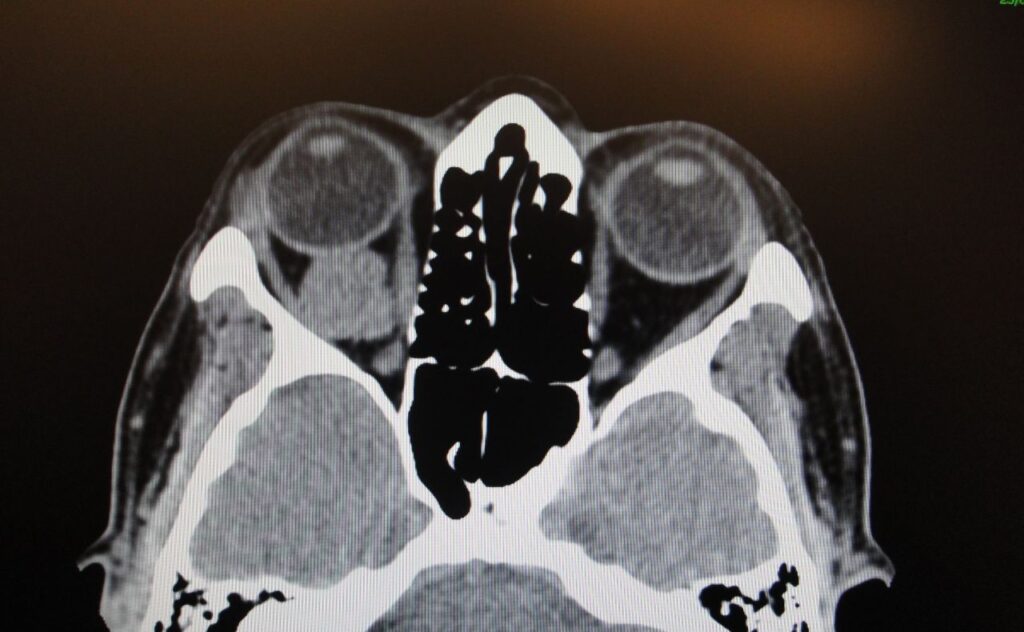
Vision loss: symptom of tumours that not only affect eyes
When tumours grow, the process is often painless and goes unnoticed, although developments such as vision loss are alarming signs of their existence. Vision loss is not only a potential symptom of tumours that affect eye structures such as the retina or orbit but also a sign of cancers in other parts of the body.
Warning sign of brain tumours and metastasis of breast or lung cancer
IMO Grupo Miranza ocular oncology expert Dr José García-Arumí explains, “It is not rare for some kinds of tumours to produce metastasis in the eye, especially in the choroid, which is the intermediate layer of the eyeball and contains many blood vessels”. It is also a consequence of lung cancer. In fact, in half of the cases in which metastasis occurs, ophthalmological diagnoses are what reveal the existence of primary tumours of which patients may be unaware.
According to Dr García-Arumí, “Breast cancer is another kind of cancer that spreads to the eye and that we encounter in our examinations”, along with other types that may less frequently cause vision loss, such as gastrointestinal, kidney and skin cancers.
In this sense, some tumours may directly affect eye health. IMO Grupo Miranza neuro-ophthalmology specialist Dr Héctor Fernández states, “Depending on their location and development, some cerebral tumours may affect the complex network of structures that are involved in vision. The structures transmit nerve impulses from the retina to the brain, where visual information is interpreted”. As a result, growth of a brain tumour may cause blurry or double vision or reduce part of the field of vision.
Early diagnoses to avoid irreversible loss of vision
Early detection of a tumour can be crucial not only for improvement of a patient’s overall prognosis but also to avoid irreversible loss of vision: “The nerve fibres that comprise essential and highly delicate structures such as the optic nerve do not regenerate”, Dr Fernández indicates. In this regard, he stresses the importance of collaboration among neurologists and ophthalmologists and among subspecialists of the different parts of the eye.
One of the reasons is that the optic nerve may also be compromised by tumours located inside the eye (on the retina) or in the surrounding cavity (the orbit). Dr Marco Sales, IMO Grupo Miranza specialist in oculoplastic surgery and orbital lesions, explains that “even benign orbital tumours should be detected and treated as soon as possible because they may press on the optic nerve, and the resulting damage may be permanent if the pressure is great enough or is maintained long enough”.

In order to detect them in a timely manner, be aware of the potential symptoms: “Typically, the first symptom is that the patient complains of a bulging or crossed eye (exophthalmos). Other symptoms include double vision or visual loss”, the specialist explains.
Regarding malignant orbital tumours, Dr Marco Sales informs us that lymphoma is the most common in adults, accounting for 34% of the total, while rhabdomyosarcoma is the most prevalent in children (40%). Surgery is the usual treatment, although some tumours such as lymphomas are treated with chemotherapy or radiotherapy, and new treatments involving biological drugs are also being used.